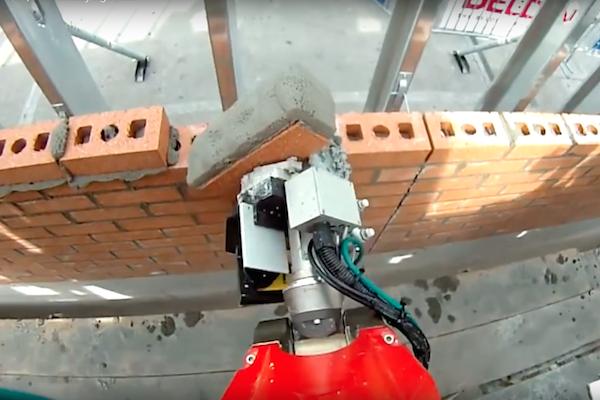Since ancient times ceramics and glass have been used to manufacture structural components for construction projects. During the early Neolithic period, the people of Jericho (a town in today’s Israel) made bricks from sun-dried mud for building purposes, while later the Romans used concrete to erect the Pantheon temple in Rome. Today, with estimated revenues of over $500 billion in 2018, the construction sector represents a 63% share of the total ceramic and glass industry.
Ceramic products for the construction sector include cements and cement-based materials, interior and exterior tiles, sanitary ware, non-refractory bricks, and other more complex shapes such as drainage, sewer, and chimney pipes and linings.
Cements are used to make mortar and concrete. Mortar is obtained by mixing cement with water and sand and is the preferred material for masonry projects, such as the joining of bricks, stones, and tiles, and for filling cracks and holes. In addition to water, sand, and cement, concrete also contains gravel and small rocks, which provide strength to the mixture. Concrete is used in a variety of civil engineering projects, including buildings, bridges and roads, as well as fire-, moisture-, and chemical-proof structures. Concrete can also be molded in ready-to-use bricks, blocks, pipes, and other shapes that can be formed by 3D printing.
Indoors, ceramic tiles are used to cover floors, walls, kitchen countertops and sides (Tuscan style), and fireplaces. Tiles are very durable and hygienic construction products that add unrivaled beauty to any application. In interior design, tiles are also combined to form mosaics and wall paintings as a form of art and decoration.
Outdoors, ceramic tiles are mostly used for paving terraces, patios, staircases, porches, driveways, and pool sides. Ceramic shingles are very common in warm regions as an economic, long-lasting roofing material for architectural elegance and to ensure a proper water barrier against heavy precipitation and good insulation from the sun.
Ceramic tiles are becoming “smart products” by the incorporation of solar cells or other devices, such as smartphone chargers.
Bathrooms are furnished with sanitary ware (toilets, sinks, bathtubs, and shower trays) made from clay and kaolin with added quartz and feldspar, and subsequently glazed. The resulting product is very hard, resistant to wear and chemical attack, durable, and easy to clean.
Clay bricks are used to build homes and commercial buildings and for masonry projects because of their strength and visual appeal. Bricks can be fabricated with eco-friendly processes, can be easily assembled to create structures of various shapes and sizes, and will not burn, melt, dent, peel, warp, rot, rust, or be eaten by termites. Brick homes are better protected from weather phenomena, such as thunderstorms, hurricanes, and high humidity, than homes built with wood and vinyl or fiber-cement siding.
Glass is another very common material in construction. Glass is primarily used for windows, but also for indoor partitions, mirrors, skylights, floors, and staircases. In addition, glass fibers can be found in insulation products, ceiling panels, and roofing shingles. They are also added as a reinforcement to concrete.
In recent years, smart glass has become increasingly popular. Smart glass is a glass assembly that comprises chromogenic materials, in other words, materials that change their light transmission properties, turning from transparent to opaque or vice versa, when a voltage is applied. Various technologies are being applied to produce smart glass, such as electrochromic, polymer dispersed liquid crystals (PDLCs), and suspended particle devices (SPDs). In the construction sector, smart glass finds application in privacy glass , day lighting control for windows, and energy-saving panels.
Windows are also becoming more intelligent with the incorporation of solar panels to generate electricity.
The main applications of ceramics and glass in construction are illustrated in the table below.
Main applications of ceramics and glass in construction
| Where? | What? | Examples |
|---|---|---|
| CERAMICS | ||
| Masonry projects | Mortar | 1  |
| Civil engineering projects | Concrete | 2  |
| Indoor/Outdoor | Tiles | 3 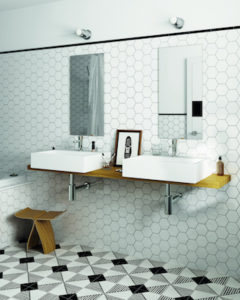 |
| Bricks | 4 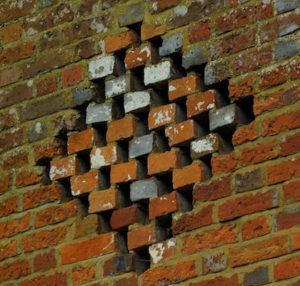 |
|
| Sanitary ware | 5 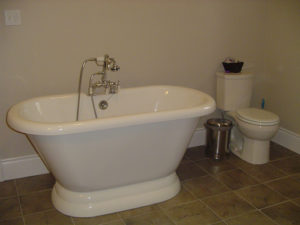 |
|
| Shingles | 6  |
|
| Pipes | 7  |
|
| GLASS | ||
| Indoor/Outdoor | Windows | 8  |
| Partitions | 9 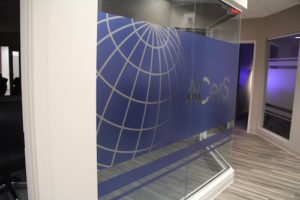 |
|
| Glass fibers for insulation and ceiling panels | 10 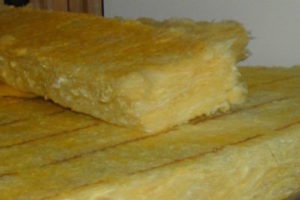 |
|
| Smart glass | 11  |
Join The American Ceramic Society
Become an ACerS member and enjoy the additional benefits of belonging to a global community of ceramic and glass scientists, researchers, materials scientists, professors, students, and manufacturers.

